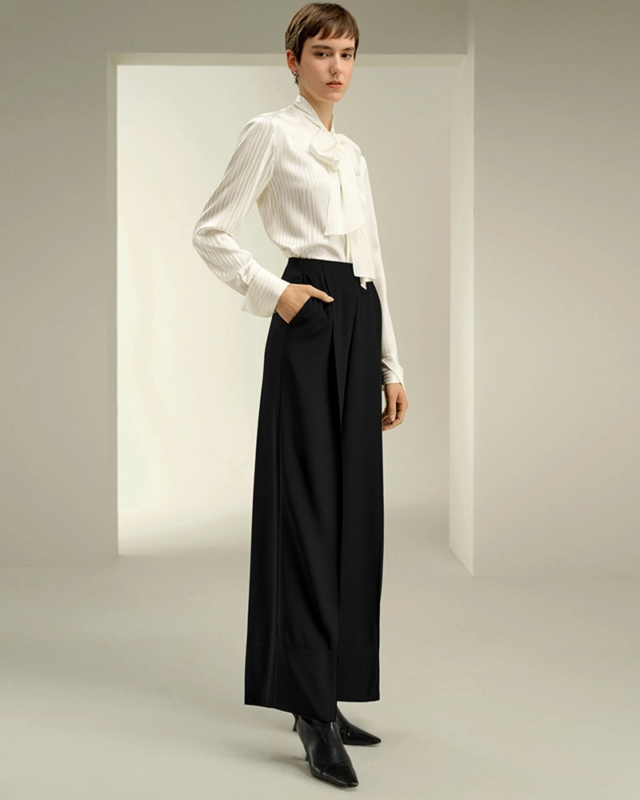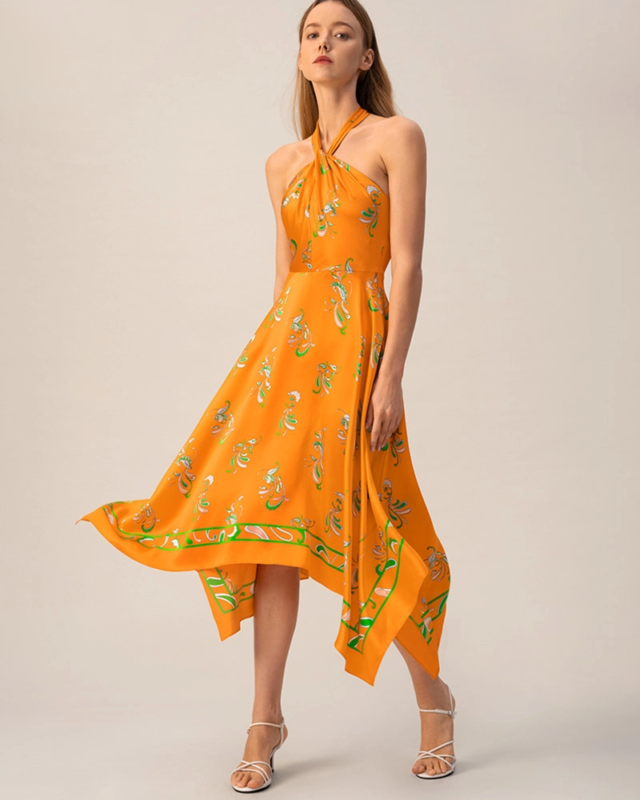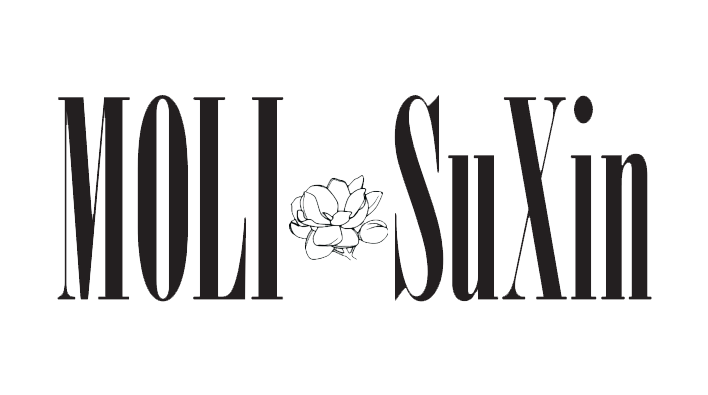
¿Qué factores influyen??
Custom-style clothing has gained significant popularity in recent years, offering individuals the opportunity to express their unique identities through personalized fashion choices. Sin embargo, the price of custom clothing can vary greatly, depending on a number of factors. From the type of garment to the materials used, and even the complexity of the design, several variables contribute to the final price tag.
In this article, we will explore the key factors that influence the price of custom-style clothing. Understanding these variables not only helps consumers make informed purchasing decisions but also provides insight into the broader trends shaping the custom fashion industry.
Fabric and Material Selection
One of the most significant factors influencing the price of custom-style clothing is the type of fabric or material used. Different materials come with varying costs, which directly impact the overall price of the garment. For instance, high-end fabrics like silk, cachemira, or wool are generally more expensive than cotton or polyester. Custom clothing designers often offer a wide range of fabric options, allowing clients to choose based on their budget and the intended purpose of the garment.
High-quality fabrics tend to have superior durability, texture, and appearance, which can elevate the perceived value of the finished product. Además, eco-friendly and sustainable materials, such as organic cotton or recycled fabrics, are becoming increasingly popular in the fashion industry. These materials, while environmentally friendly, may come at a premium cost due to the specialized sourcing and production processes involved.
Design Complexity
The complexity of the design is another crucial element that impacts the price of custom clothing. Simpler designs, such as basic t-shirts or dresses with minimal embellishments, tend to be more affordable. Sin embargo, intricate designs that involve custom embroidery, detailed patterns, or multiple layers of fabric will naturally increase the cost.
Design complexity can also involve the type of garment being created. Por ejemplo, a custom suit with bespoke tailoring, intricate lining, and multiple fitting sessions will command a higher price than a custom hoodie or pair of jeans. The more specialized the design, the more time and skill it requires from the tailor or designer, which translates to higher labor costs.
Labor and Expertise
Custom clothing requires the expertise of skilled designers, tailors, and seamstresses, all of whom contribute to the final price of the garment. Labor costs are a critical consideration, as the time and effort involved in creating a custom piece of clothing can vary greatly depending on the level of expertise required.
In many cases, the designer or tailor must take precise measurements, draft patterns, and conduct fittings to ensure the garment fits perfectly. This process can be time-consuming, and the higher the expertise of the designer, the more expensive the final product is likely to be. The reputation of the designer or brand also plays a role in the price; well-known fashion designers with a high level of skill and experience will typically charge more for their services.
Además, the location of the designer or tailor can influence the price. Custom clothing produced in cities or countries with higher living costs, such as New York or Paris, will often come with a premium compared to clothing made in areas with lower labor costs.

Customization Options and Features
The degree of customization offered is another factor that impacts the price of custom clothing. Basic customizations, such as adding a name or logo to a garment, are typically more affordable. Sin embargo, more elaborate customizations, such as bespoke fit adjustments, personalized embroidery, or hand-painted designs, will increase the cost.
Customization also extends to the garment’s features. Por ejemplo, custom clothing can include unique elements like adjustable cuffs, detachable collars, or personalized linings. Each of these special features requires additional labor and materials, which add to the overall price.
Además, the number of customizations a customer chooses will affect the total cost. A garment with multiple unique features will naturally be more expensive than a piece with minimal alterations.
Production Time
The time required to produce custom clothing is another essential factor that affects its price. Custom garments typically take longer to produce than off-the-rack clothing, which is mass-produced in large quantities. This is due to the need for pattern creation, fittings, and possible adjustments during the production process.
A quick turnaround time, especially for complex designs or large orders, may result in higher costs. Rush orders often incur additional fees for expedited production or shipping. On the other hand, longer production times may allow designers to reduce costs, but customers will need to wait for their garments to be completed.
Seasonality and Market Demand
Market trends and seasonality can also influence the price of custom clothing. During high-demand seasons, such as the holiday season or during fashion weeks, prices may increase due to a higher volume of orders. Además, certain designs or styles may be in greater demand during specific times of the year, leading to fluctuations in price.
Conversely, during off-peak seasons, custom clothing designers may offer discounts or lower prices to encourage sales and attract customers.
Conclusión
The price of custom-style clothing is influenced by a range of factors, including the fabric, design complexity, labor costs, and level of customization. Other factors, such as order volume, production time, brand reputation, sustainability practices, and shipping costs, also contribute to the final price. By understanding these factors, consumers can make more informed decisions when selecting custom garments that fit both their needs and budget.
As custom clothing continues to gain popularity, consumers must recognize the value of these personalized items. While custom clothing may come with a higher price than off-the-rack options, the benefits of bespoke designs, premium materials, and tailored fit often justify the investment.


